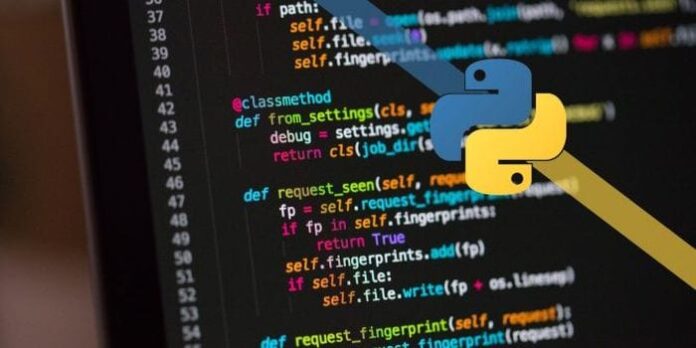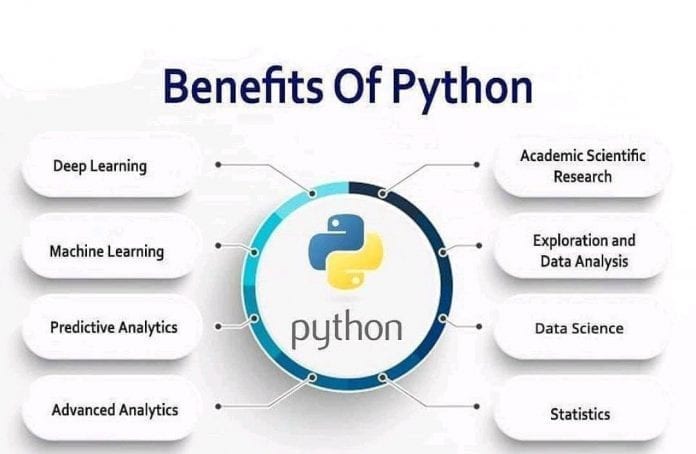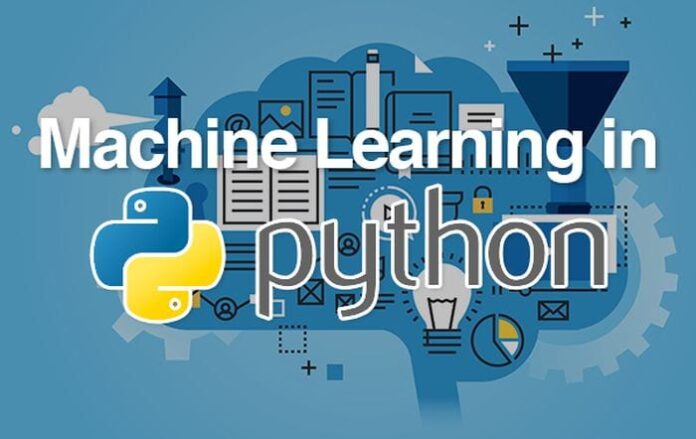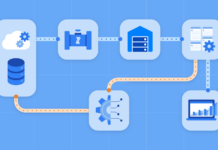There are many languages in this world. Some of them are dead, some are spoken by millions or even more. But there is no doubt that programming languages are the languages of the future. If someone is just starting to study machine learning online alone, it might look like a scary task. Maybe you are wondering where to begin this journey, or maybe how much math do you really need to know, and probably the best start is to learn Python, but you should also learn other machine learning concepts, as there is no such thing as too much curiosity in developing.

Python is part of the programming world since 1991, and it is a general-purpose programming language that was made with the idea of prioritizing optimization of the code readability. Some people call it “batteries included” language. That is with good reason since it has a very extensive regular library. The only competition as the best programming language might be Javascript. So if anyone is interested to learn more about this topic, or maybe just want to find a team of experts that can help you with some development, just check out Bright Brain Information Technology. However, if someone is more curious about the steps and benefits of learning basic machine learning with Python, then we are here for them too.
Making the first step is always the hardest part. Luckily for everyone, there are a lot of good places online to find repositories that can help anyone, no matter the level of understanding. Find one that has Jupyter notebooks to help you understand Python. So get yourself the latest version of Python and Jupyter notebook, and with enough goodwill, you have made the first step. The more we go through this path, the more of Python’s libraries we will require. The next step is to find a distribution that can help us with that. We advise Anaconda distribution. That way, no one should have to find each component distinctly. Finding a good tool that will have everything a beginner needs is always good.

The next step to take is to get a grasp of scientific computing stacking. Learning the basics is essential to continue with machine learning. Familiarizing with the most important Python libraries like Pandas is crucial, but even more vital is Scikit-learn. That is a key component of Python when it comes to machine learning. It would be incredibly challenging to do any real work without using many algorithms that Scikit-learn provides. Don’t be alarmed. It is not as complicated as some might think, and it is not a problem to find an introduction to it online that will explain the basics of it to you in less than half an hour. There are other tools that are worth mentioning. What will definitely come in handy for anyone doing some work in Python are NumPy and Matplotlib. So make sure to get all of them, as well as to bookmark any online links that explain them in more detail.
Another critical step is classification. How are the predictions fulfilled in the product is something we need to analyze data to learn. With classification, we can get a model that can explain data classes, which is further utilized to organize any appearance of unidentified information.
The idea of training data and testing data is a vital part of this step. We are talking about things like decision trees, logistic regressions, neural networks, and many more. Naturally, we still need to check out tutorials and links about these topics. So make sure to read and educate yourself as this journey continues. Simultaneously with learning classifications, obtain some knowledge of how to utilize Jupyter for conceiving and tweaking your work. Then there is regression, and equally important. Click here to learn more about logistic regression It is also a kind of supervised learning that we employ for predictive analysis. The main variation is that we employ regression for predicting continuous numeric data. Training and testing data is also a significant part, just like with classification.

The next important part is clustering. With it, we analyze data without pre-labeled classes. It is a type of unsupervised learning. Pieces of information are arranged collectively with the method of maximizing intraclass similarity. Furthermore, making sure that the correlation linking different classes is as small as possible. K-means clustering is quite likely the most famous of this type of algorithms. But there are many others that you need to familiarize yourself with, like hierarchical clustering, fuzzy clustering, and density clustering, as do different takes on centroid-style clustering, are some of them.
The last step you need to finish before you can call yourself proficient in python machine learning is ensemble methods. Ensemble methods are learning algorithms that assemble a set of classifiers and then classify new data objects by taking a vote of their predictions. The first ensemble method is Bayesian averaging. You can learn about these methods online, just do proper research and find the one with the best reviews as it could help you understand why ensembles can often perform better than any single classifier.

There are many benefits to using Python. Firstly, it is free and open source is the most obvious one. Like we already mentioned, the boundless collection of libraries that Python has will easily support any project you could try making. According to most of the developers, Python is pretty easy to grasp, but even more crucial is that it’s highly functional and scalable. Python prioritizes code readability and is very adaptable, not to mention, very well-structured programming language. Finding learning materials is a crucial part of learning. Luckily, in today’s world that is dominated by the internet, that is not that hard. Pretty much anything can be made with Python. You can find applications for Python in many areas, like web development, Artificial Intelligence, Scientific Computing, and Data Analysis. Above all, it is the perfect language for machine learning. So don’t get discouraged by anything. With enough desire and knowledge on how to find learning materials online, anyone can finish this adventure.









